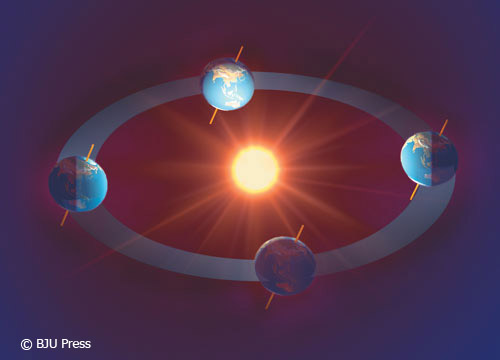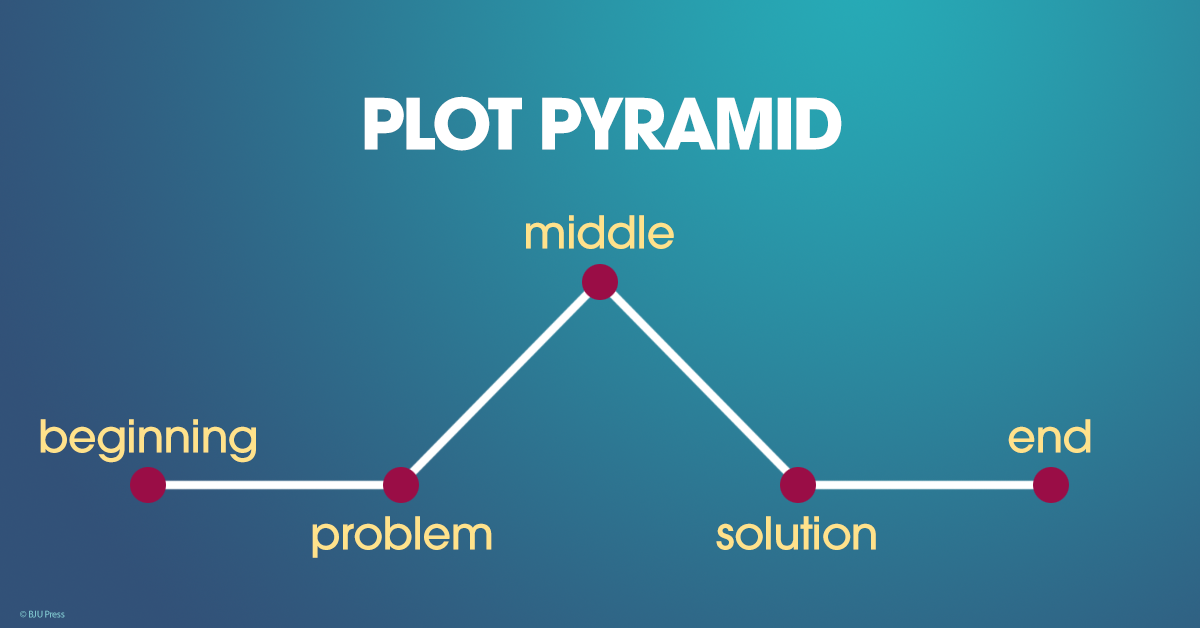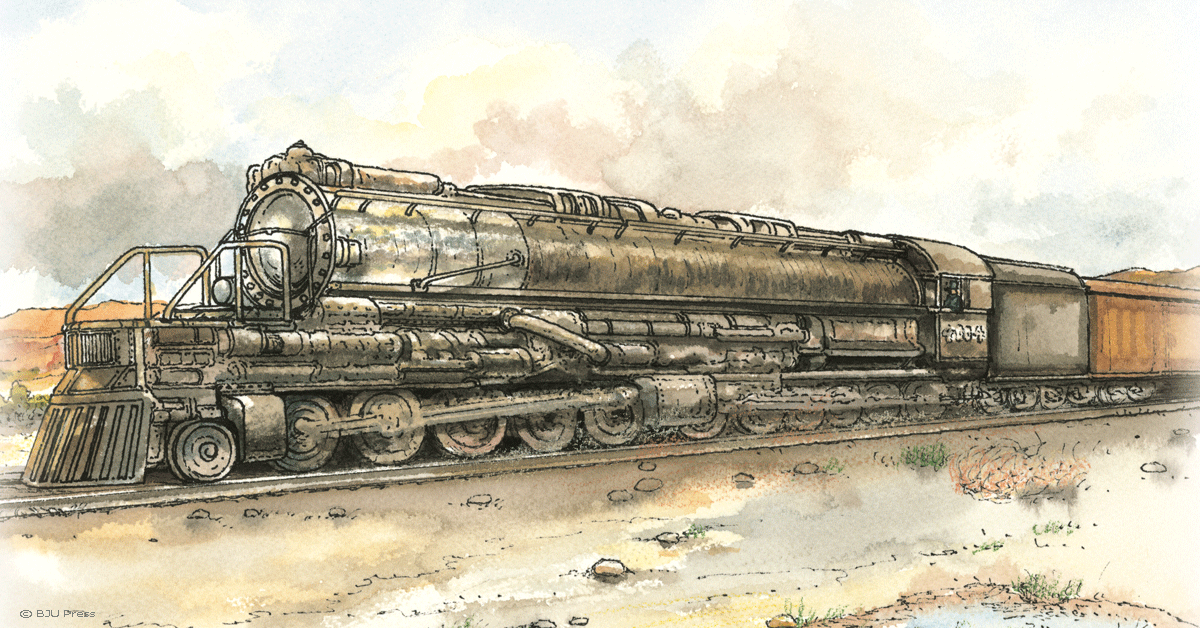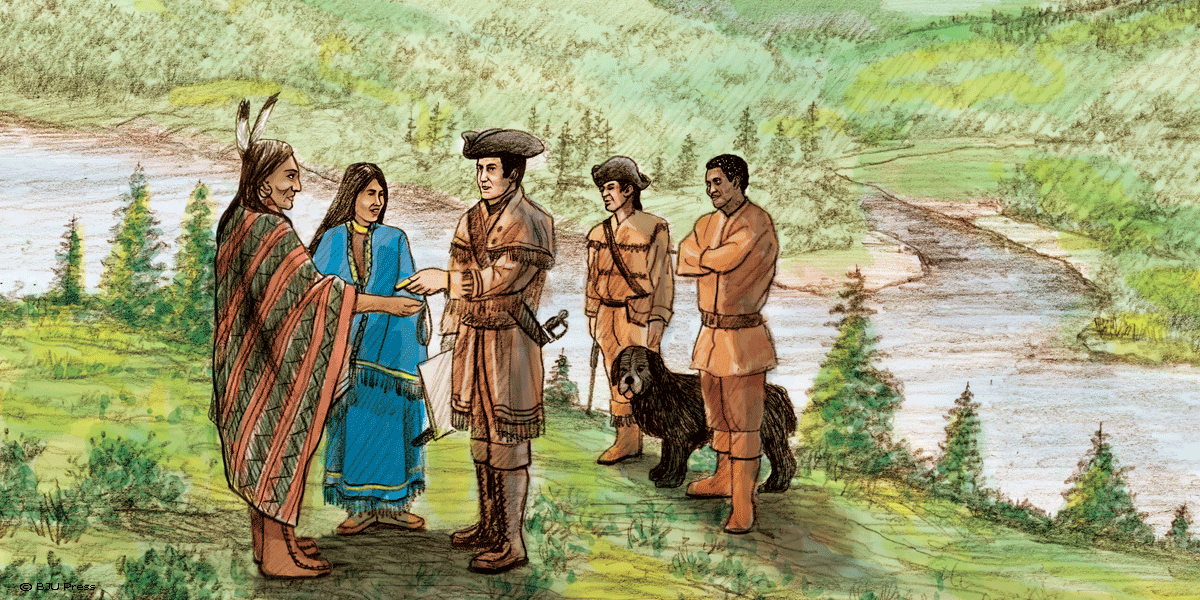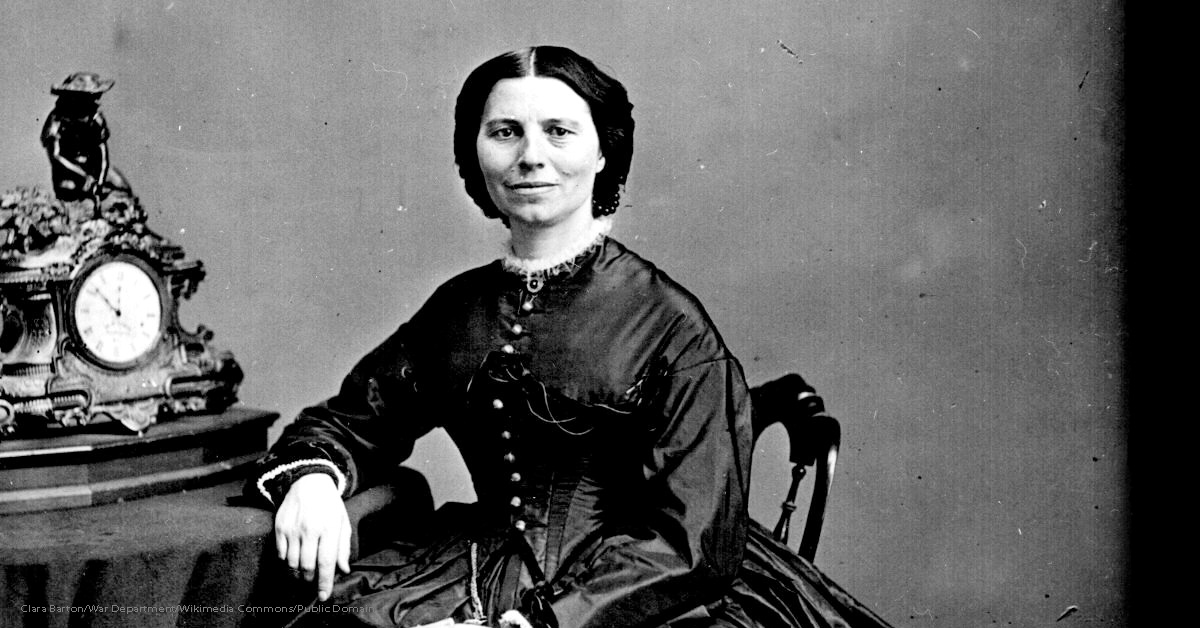
One of my earliest homeschool memories is that Mom had a plan. She might not have printed it out for me to read, but it was clear that our day followed an organized schedule. Some homeschool days we stayed at home; other days I took my textbooks with me while we ran errands. Some were longer; others shorter, like the Fridays I attended art class with other homeschool kids.
Having a plan meant Mom could leave the room to take a long distance call and expect me to do what was next on the schedule. It also was a way to make sure that I reached the academic goals that she and my dad had set for me. But the plan was also flexible enough to allow for events that interrupted our day, like days at the park or doctor appointments.
As you prepare for the new homeschool year, what thought have you put into planning a daily, weekly, or monthly schedule? Here are some tips and helpful suggestions to plan your homeschool.
- “My 3 step process for homeschool planning” from Simple Homeschool
- “How to Plan Your School Year” from BJU Press blog
- “Family Calendars” from BJU Press blog
Now please don’t fall into the trap of “over-planning.” Some people might argue there’s no such thing, but I have learned that there’s a balance that must be learned, and it looks different for every family. You might be a minute-by-minute-schedule person, but that kind of planning overwhelms me. The real key is to keep Isaiah 46:8–10 in mind. God is in control of all (including the “interruptions” to our plans) and always works out His good pleasure. There’s comfort in that truth.
What does your homeschool schedule look like?


